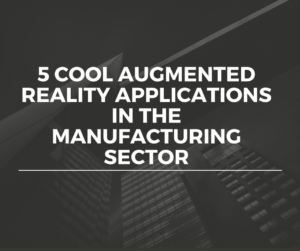Appearition Blog: Thoughts from AWE 2017

Following the Augmented World Expo event that took place at the end of May 2017, AREA member Appearition has written a blog about their experience at the event AWE.
Notes and thoughts from various event talks are mentioned including those on Augmented Reality, Virtual Reality, Mixed Reality and X-Reality.
- AREA’s Executive Director, Mark Sage talks about Augmented Reality in the Enterprise Ecosystem and how this can be improved.
- Juergen Lumera spoke about how Bosch is taking up single pain points and improving the entire process to provide a great customer experience.
- Vivek Aiyer of Appearition spoke about Designer Enterprises and real world experiences.
Other points mentioned in the blog are:
- AR / VR / MR from a technology perspective has improved immensely over the last year
- A step-by-step approach to use existing content and slowly create change rather than the big bang approach will go a long way to improve usage
- The devices we use to bring the benefits and seamlessly integrate its usefulness into our lives is still at its infancy
- An end to end seamless solution is what is lacking and can be brought together by collaboration across solution providers, partners, vendors, customers and end users.
- The importance of being end user empathy-focused
To read the full blog click here.



